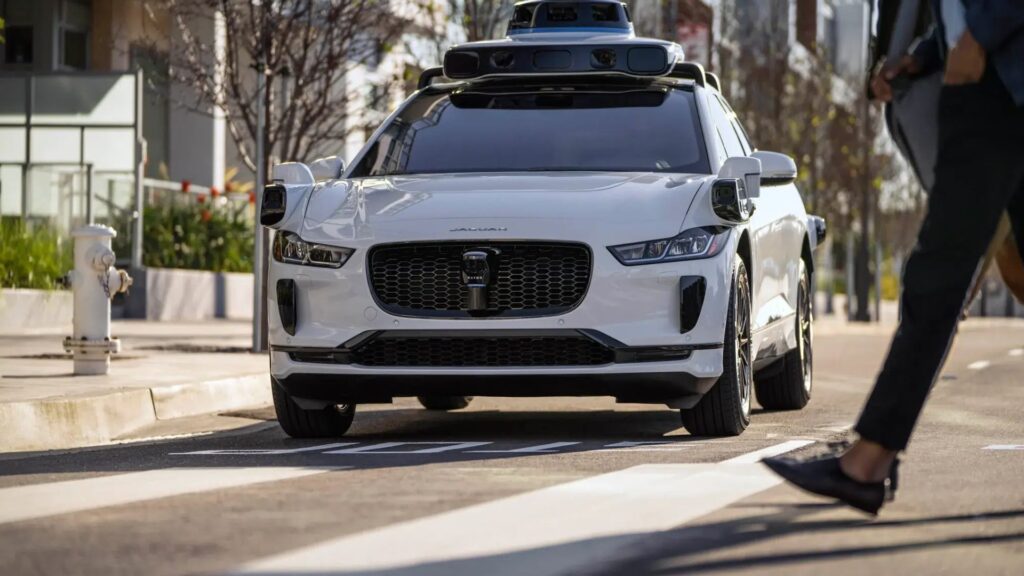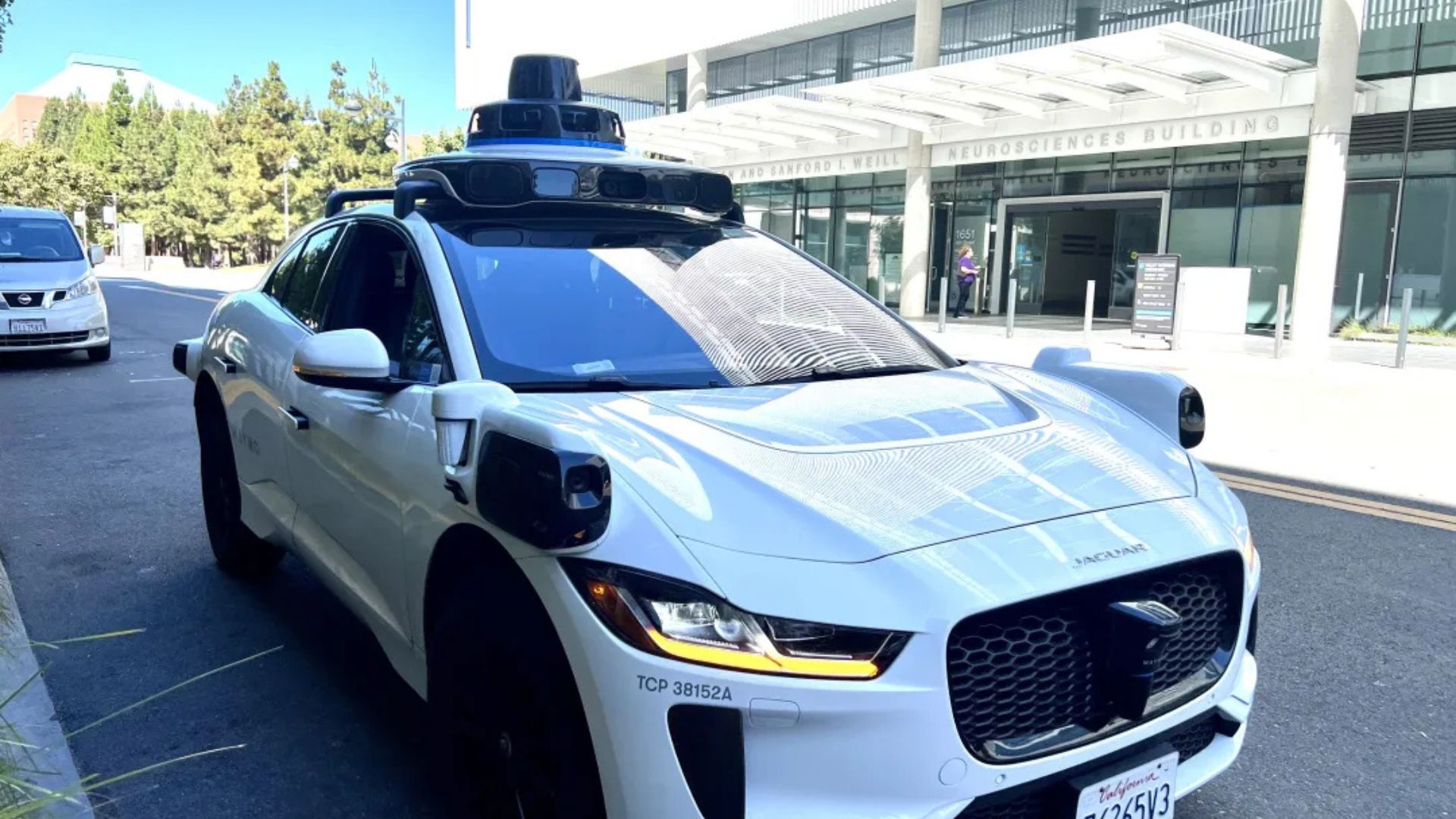
A comprehensive peer-reviewed study published in Traffic Injury Prevention journal has revealed that Waymo’s autonomous vehicles demonstrate 79% fewer accidents than human drivers across 56.7 million miles of real-world testing. The research, spanning from September 2020 to January 2025 across Phoenix, San Francisco, Los Angeles, and Austin, represents the most detailed safety assessment of autonomous vehicle technology to date (The Verge).
Dramatic Safety Improvements Across All Categories
The study examined 11 different crash types and found statistically significant reductions across multiple categories. Most notably, Waymo’s vehicles achieved a 92% reduction in pedestrian injury crashes, 82% fewer cyclist and motorcyclist injuries, and a remarkable 96% reduction in intersection accidents—one of the most dangerous scenarios for human drivers.
During the study period, Waymo vehicles were involved in 48 accidents with reported injuries, 18 accidents with deployed airbags, and just two accidents with serious injuries. The data showed an 85% reduction in crashes involving suspected serious or worse injuries compared to human drivers (Warp News).
Mauricio Peña, Waymo’s Chief Safety Officer, emphasized the real-world impact: “This research reinforces the growing evidence that the Waymo Driver is playing a crucial role in reducing serious crashes and protecting all road users.”
Insurance Data Validates Safety Claims
A separate analysis conducted with Swiss Re, one of the world’s leading reinsurers, examined liability claims across 25.3 million fully autonomous miles. The research found Waymo vehicles had 88% fewer property damage claims and 92% fewer bodily injury claims compared to human drivers. Even when compared to newer vehicles equipped with advanced driver assistance systems, Waymo maintained an 86% reduction in property damage claims and 90% reduction in bodily injury claims (Repairer Driven News).
The Swiss Re analysis used data from over 500,000 claims and more than 200 billion miles of exposure to establish human driver benchmarks. Across the 25.3 million miles studied, Waymo recorded only nine property damage claims and two bodily injury claims.
Real-World Impact and Service Expansion
As Waymo continues expanding its robotaxi service across Phoenix, San Francisco, Los Angeles, Austin, and Atlanta, these safety metrics provide crucial validation for regulators and public acceptance. The company now averages approximately 250,000 paid rides per week and has accumulated over 100 million total miles of real-world driving experience (Waymo Blog).
Implications for Autonomous Vehicle Industry
The comprehensive nature of these studies, combining both crash outcome data and insurance liability analysis, offers compelling evidence that self-driving technology can significantly reduce traffic accidents and injuries on public roads. With human error accounting for approximately 94% of serious traffic crashes according to the National Highway Traffic Safety Administration, Waymo’s data suggests autonomous vehicles could prevent thousands of injuries and deaths annually if widely deployed.
The research methodology examined real-world performance against established baselines using both police-reported crash data and insurance industry metrics, providing multiple validation points for the safety claims. This dual approach addresses previous criticisms of autonomous vehicle safety assessments that relied on limited data sets or theoretical scenarios.
As the autonomous vehicle industry continues developing, Waymo’s extensive real-world safety data sets a benchmark for measuring the effectiveness of self-driving technology in reducing traffic accidents and protecting vulnerable road users including pedestrians, cyclists, and motorcyclists.












